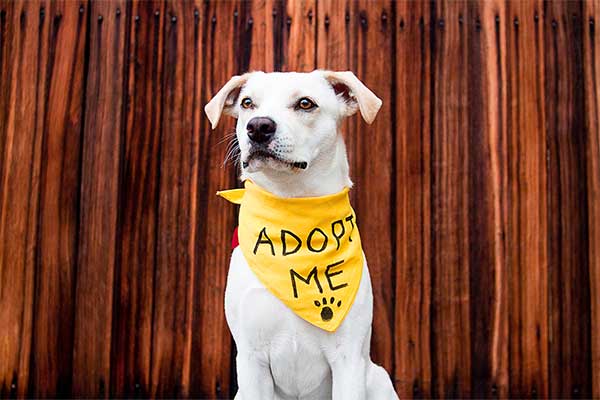First cat or dog?
Congratulations on your new fur baby! You’ve made the decision to add a pet to your home, you’re ready to go get your furry bundle of joy, and now you’re wondering, “Okay, what’s next?” We’re here to help. Our new pet checklist covers everything useful if you’re adopting an older pet, too. (Spoiler alert: The most essential item? Your unconditional love. Cheesy, but it’s true.)
Before checklist
- A bed and somewhere warm and safe for your puppy/kitten to relax and sleep.
- FOOD, raw is alway best, but start slowly. Continue what they are used to then after a couple of weeks move to raw! Come into one of our stores or call us for advice on how to do this.
- A food & water bowl, Lickimats are great!
- Treats, great for training and rewarding. All our treats are 100% so even better for them..
- Toys, puppies and kittens love to play, providing a range of toys keeps their little minds busy. For puppies chews and chew toys will help with their teething.
- Collar and lead for puppies and collars for kittens. Ensure your collar is the right fit for your puppy and don’t forget to Include an identification tag.
- Poop bags and training pads – Poop bags and training pads make clean up easier..
- Grooming products – Shampoo, conditioner, brushes and nail clippers will keep your puppy looking and feeling great.
- Crate training for puppies is essential as going to a new space/home can be very overwhelming so their crate is a quiet, safe place to go. Also helps with house training.
- Source a great holistic vet.
Once they are home
Puppy/Dog
1. Set up your dog’s space
- Set up a space with a bed, crate or blankets.
- Provide water, toys and a feeding area.
- Keep puppies in one room for the first day or two
- Ensure the room is quiet, secure, a comfortable warm temperature and well-ventilated.
2. Dog-proof your house
- Remove hanging wires, cords or electrical cables that your dog or puppy could chew or get tangled in.
- If you do not want something chewed, put it away!
- Keep all toilet lids closed to prevent the dog/puppy from drinking from the toilets or falling in.
3. Let your dog explore the house slowly
- A small house can seem big to a new dog, especially a puppy.
- Do not allow your dog/puppy to have free roam of all areas in the house straight away.
- Allow your dog/puppy to explore the house slowly, initially using a lead.
4. Taking your dog outside
- Take your dog to the garden on a lead for short regular visits.
- Supervise your dog outside for the first week or two.
- Dog-proof your fencing; you need to make sure that your dog or puppy cannot get under or over the fence.
- Praise and reward your dog or puppy when he/she toilets outside.
5. Introducing your dog to the family
- A new environment and new people can be overwhelming for a dog or puppy.
- Ask family and friends to keep the house calm and quiet.
- Never force attention on your dog; let the dog decide when he or she is ready and wants to interact with you.
- Avoid everyone cuddling or playing with your dog at once, this will be overwhelming and scary.
Kitten/Cat
1. Make the room ‘cat comfy’
- Set up the room with water, food, toys, litter tray, scratching post and somewhere for the cat/kitten to hide.
- Many cats prefer to drink water when it is away from their food dish. Avoid the use of combined food and water bowls.
- Provide a bed or comfy blanket to help your cat/kitten settle.
2. Litter tray position
- Put the litter tray in a private area at least 1.5m away from food, water and bedding.
3. Cat proofing
- Remove any dangerous wires, curtain cords, or items your cat/kitten could chew or get tangled in.
4. Let your cat explore the house slowly
- After 2-3 days in one room, slowly introduce your cat/kitten to the rest of the house.
- Do this room by room to avoid overwhelming him or her.
5. Keep your new cat inside
- Adult cats: keep inside for a minimum of 3-4 weeks (maybe longer for timid cats)
- Kittens: keep inside for a minimum of 6-8 weeks. Kittens should be supervised outside until they are old/big enough to protect themselves.
6. Introducing your cat to the family
- Do not force too much attention on your cat/kitten, especially at the beginning as this will be overwhelming and scary.
- Avoid introducing the whole family at once.
- Let your cat explore his or her new room and meet other family members gradually.
Adopting or rehoming
Let us know if your new best friend is an adopted or rehomed cat or dog to received 10% off your first purchase.
We are big believers in adoption and rehoming. You have made an amazing decision to go down this path and we are here to help you succeed.




